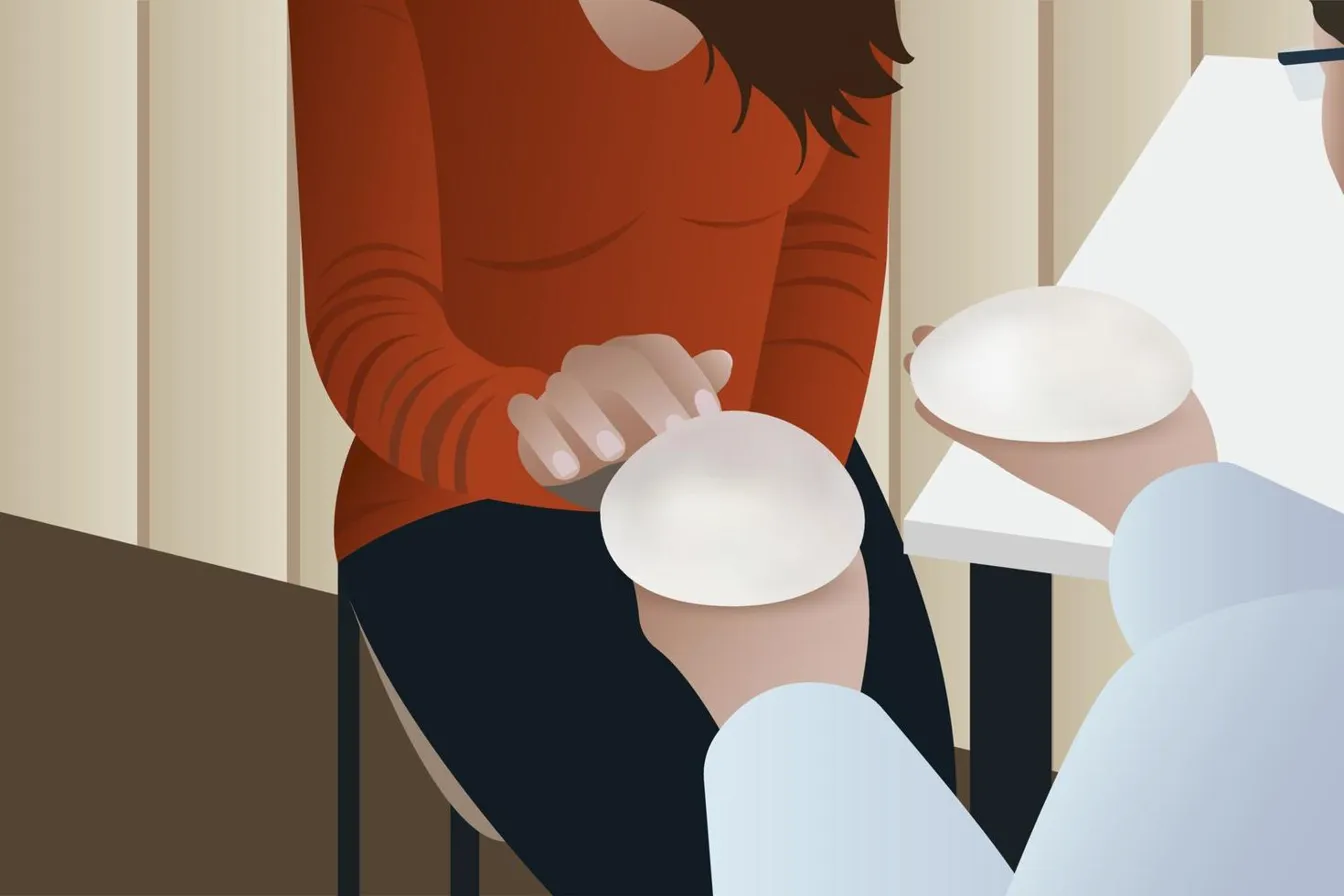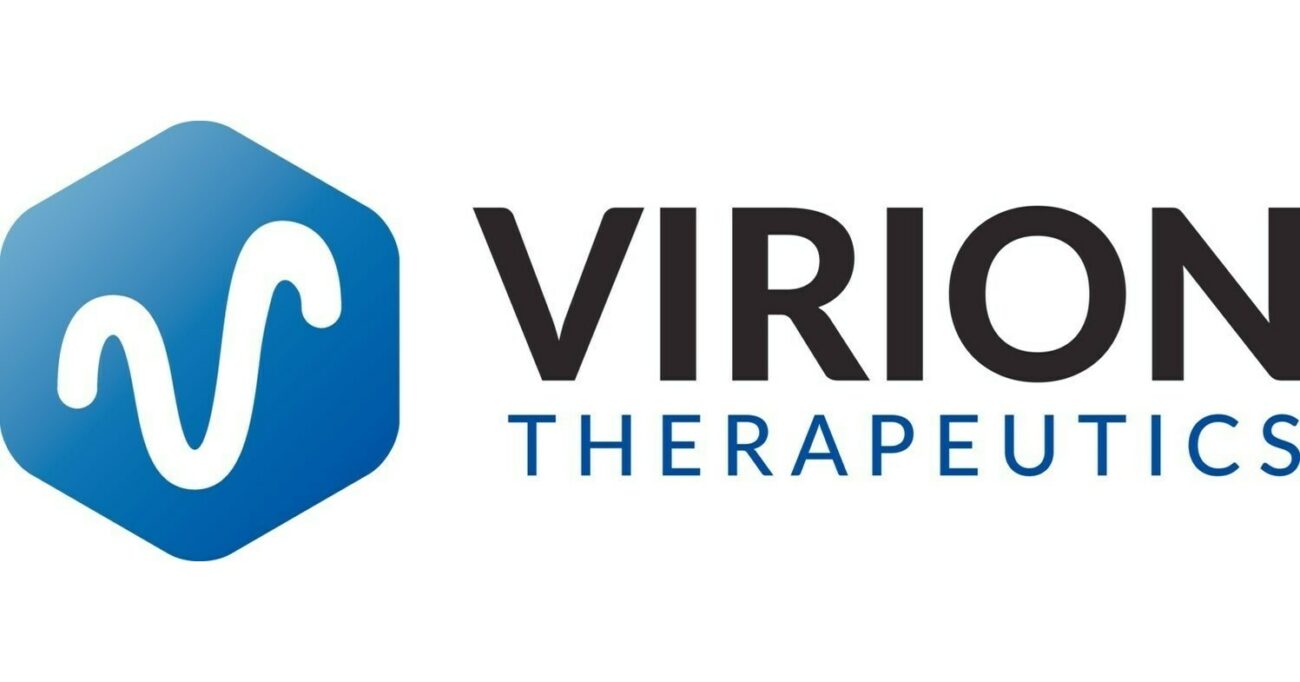Saline Implants – What You Need To Know?

Saline breast augmentation is a surgical procedure that involves placing sterile saltwater-filled implants beneath the breast tissue or chest muscle to enhance breast size and shape. The procedure starts with making small incisions, often around the breast crease, through which the empty saline implants are inserted. Once in position, the implants are filled with a sterile saline solution. This approach allows for smaller incisions compared to pre-filled implants.
After surgery, the saline implants provide a firm, consistent shape, and the body can naturally absorb the saline if the implant ruptures, leading to immediate deflation. This makes it easy to detect a rupture without needing imaging. The recovery process is relatively quick, with patients typically returning to normal activities after a week, but full recovery can take a few weeks as the implants settle into place. Regular check-ups ensure the implants remain in good condition.
Implant Placement Options
Subglandular (over the muscle)
Subglandular placement positions your implant directly behind the breast tissue but in front of the pectoral muscle. This technique creates a pocket between your breast tissue and chest muscle, where the implant sits. When I perform this procedure, I’m careful to create a precise pocket that holds the implant securely while allowing natural movement.
This approach offers several advantages. You’ll experience less post-operative discomfort compared to submuscular placement because I don’t need to disturb the muscle tissue. Your recovery time is typically shorter, with most patients returning to normal activities within 3-5 days. For athletic patients who engage in chest-intensive exercises, this placement prevents implant movement or distortion during muscle contraction.
Subglandular placement works particularly well if you have sufficient natural breast tissue to cover the implant edges. With adequate coverage (typically at least 2 cm of tissue thickness), the implant contours remain concealed, creating a natural-looking result. The procedure also tends to produce more dramatic upper pole fullness, which some patients specifically request.
However, this technique isn’t ideal for everyone. If you have thin breast tissue, the implant edges may become visible or palpable beneath your skin. There’s also a slightly higher risk of capsular contracture (abnormal scar tissue formation) with this placement. Additionally, mammography interpretation becomes more challenging, as the implant can obscure some breast tissue. To address this, you’ll need specialized mammographic techniques during future breast cancer screenings.
Submuscular (under the muscle)
Submuscular placement positions your implant partially or completely beneath the pectoralis major muscle. When performing this technique, I create a pocket by carefully elevating the chest muscle and inserting the implant underneath, providing natural tissue coverage over the upper and inner aspects of the implant.
This approach offers significant advantages for patients with minimal breast tissue. The muscle provides additional coverage, effectively camouflaging the implant edges and reducing visibility and palpability issues. This extra layer of tissue particularly benefits the upper pole of the breast, preventing the “stuck-on” appearance that can sometimes occur with subglandular placement.
From a diagnostic perspective, submuscular placement facilitates more accurate mammographic imaging, as the implant separation from breast tissue allows better visualization during cancer screening. Clinical data suggests lower rates of capsular contracture with this technique, which represents a significant long-term benefit.
Post-operatively, you’ll experience what we call “animation deformity” – a temporary distortion of the breast shape when you contract your pectoral muscles. This typically resolves as the tissues adapt to the implant presence, but may persist to some degree, particularly with intense exercise. Your recovery period will be longer than with subglandular placement, typically requiring 7-10 days before returning to normal activities and 4-6 weeks before resuming chest exercises.
Submuscular placement works exceptionally well for thinner patients with minimal breast tissue. If you’re very slim or have little natural breast volume, this approach provides the most natural-looking results by preventing visible implant edges and rippling.
Dual-plane technique
The dual-plane technique represents a sophisticated hybrid approach that combines elements of both subglandular and submuscular placement. When I perform this procedure, I position the implant partially beneath the pectoral muscle in the upper portion, while the lower portion of the implant sits directly behind the breast tissue.
This specialized technique addresses many of the limitations of traditional placement methods. The partial muscle coverage in the upper pole provides the natural appearance benefits of submuscular placement where visibility concerns are greatest, while the lower direct tissue coverage allows more natural-appearing lower pole fullness and breast shape.
The dual-plane approach particularly benefits patients with mild to moderate breast ptosis (sagging). The technique allows me to release the inferior portion of the pectoral muscle from the breast tissue, enabling better control of implant position and breast shape. This helps correct the appearance of sagging without necessarily requiring a formal breast lift procedure in borderline cases.
You’ll experience moderate post-operative discomfort, typically less than full submuscular but more than subglandular placement, with recovery time averaging 5-7 days before returning to normal activities. The technique reduces the animation deformity associated with full submuscular placement, though some movement may still occur during forceful muscle contraction.
Clinical studies demonstrate that the dual-plane technique provides excellent long-term aesthetic outcomes with lower complication rates than either traditional approach alone. For most of my patients with moderate existing breast tissue who desire natural-looking results, I recommend this technique as it effectively balances the advantages of both placement methods.
Incision Approaches
Inframammary fold (under the breast)
The inframammary approach utilizes an incision placed directly in the natural crease beneath your breast. This 4-5 centimeter incision follows the contour where your breast meets your chest wall, positioning the scar in a naturally concealed location. When properly executed, the scar becomes virtually invisible when your arms are at your sides.
This approach provides me with direct visualization of the surgical field, allowing precise pocket creation and implant placement. The inframammary incision offers the most versatile access point, accommodating all implant types, sizes, and placement options. For larger silicone implants, particularly the highly cohesive “gummy bear” varieties, this approach is often necessary to ensure proper insertion without compromising implant integrity.
From a clinical perspective, data suggests lower rates of capsular contracture with this technique compared to periareolar approaches. The incision site remains distant from the breast tissue itself, potentially reducing bacterial contamination from the breast ducts and decreasing complication rates.
The primary consideration with inframammary incisions involves scar visibility when reclined or during intimate situations. While the scar typically fades significantly within 12-18 months, patients with darker skin tones may experience more noticeable long-term scarring. Additionally, if you require a significantly larger implant in the future, a new inframammary incision might be necessary if the natural fold position shifts.
This approach works exceptionally well for patients requiring precise control of the implant pocket, those choosing larger implants, or those with well-defined inframammary folds. If you have minimal existing breast tissue but sufficient fold definition, this technique offers the optimal balance of surgical control and aesthetic outcome.
Periareolar (around the nipple)
The periareolar incision follows the lower edge of your areola (the pigmented skin surrounding the nipple), utilizing the natural color transition between areolar and breast skin to camouflage the scar. This semicircular incision, typically 3-5 centimeters in length, allows me to access the breast pocket while minimizing visible scarring.
This approach offers excellent scar concealment, particularly for patients with well-defined areolar borders. The resulting scar often blends remarkably well into the areolar margin within 6-12 months post-surgery. For patients concerned about visible scarring on the breast itself, this technique provides an appealing alternative to inframammary approaches.
From a surgical perspective, periareolar incisions provide good visualization and access for precise pocket creation, though slightly less direct than inframammary approaches. The central location allows flexibility in creating either subglandular or submuscular pockets. This approach works particularly well for combined procedures, such as simultaneous breast lifts with modest skin removal.
You should be aware of several important considerations with this technique. There’s a slightly higher risk of sensory changes to the nipple-areolar complex due to the incision proximity to sensory nerves. Clinical data indicates a potentially higher risk of capsular contracture compared to inframammary approaches, possibly related to bacterial contamination from breast ducts. Additionally, if you have very small areolas, this approach may not accommodate larger implants, particularly pre-filled silicone devices.
Periareolar incisions work exceptionally well for patients with average to large areolar diameters who prioritize scar concealment. If you’re planning future breastfeeding, I’ll discuss potential impacts on milk production, though most patients retain breastfeeding capability with proper technique.
Transaxillary (armpit)
The transaxillary approach utilizes a discreet incision within the natural crease of your armpit, completely avoiding any scars on the breast itself. This 3-4 centimeter incision allows me to create a tunnel toward the breast, through which I develop the implant pocket and insert the device.
This technique’s primary advantage lies in the complete absence of breast scarring. The axillary scar typically heals quite well, often becoming nearly imperceptible within 12-18 months. For patients who absolutely wish to avoid breast scars, particularly those prone to hypertrophic scarring or keloids, this approach offers significant benefits.
Modern transaxillary techniques have evolved substantially. I utilize endoscopic assistance (a specialized surgical camera) that provides excellent visualization during pocket creation, allowing precise dissection comparable to direct-view approaches. This precision helps ensure symmetrical pocket creation and accurate implant positioning.
Several limitations exist with this technique. The surgical approach only accommodates saline implants or smaller silicone implants, as the tunnel dimensions restrict larger pre-filled devices. The indirect nature of the access makes precise control of the lower breast fold more challenging, potentially affecting the final breast contour in some cases. Additionally, any revision surgery typically requires a new inframammary or periareolar incision, as the original tunnel collapses during healing.
The transaxillary approach works particularly well for patients with minimal existing breast tissue who desire modest augmentation without breast scarring. Athletic patients who frequently raise their arms or wear sleeveless attire should consider the temporary visibility of the healing axillary scar during the recovery period.
Transumbilical (TUBA/belly button)
The transumbilical breast augmentation (TUBA) utilizes a small incision within your umbilicus (belly button), creating a tunnel through the subcutaneous tissue of the abdominal wall toward the breast. This specialized technique leaves no scarring on the breast or surrounding visible areas.
With this approach, I create a 2-3 centimeter semicircular incision inside your umbilicus, then develop a tunnel beneath the abdominal skin toward the inframammary fold. Working through this tunnel, I establish the breast pocket and insert empty saline implants, which are then filled once properly positioned.
The primary advantage lies in the scar concealment within the umbilical depression, resulting in a virtually invisible scar after healing. For patients highly concerned about scarring anywhere on the chest or underarms, this provides a unique solution. The approach avoids any disruption of breast tissue, maintaining the natural breast envelope completely intact.
You should understand several significant limitations with this technique. Only saline implants can be utilized, as silicone devices cannot be inserted through the limited tunnel dimensions. The indirect approach severely restricts visualization during pocket creation, potentially compromising precision in dissection and implant positioning. The technique doesn’t allow direct control of the inframammary fold, which can affect the final breast contour and symmetry.
Clinical data suggests higher rates of implant malposition with this technique compared to direct-view approaches. Additionally, any revision surgery almost always requires a new, direct approach to the breast, as the original tunnel is not reliably reusable.
TUBA works best for patients seeking modest augmentation with saline implants who prioritize scar avoidance above all other considerations. If you have asymmetric breasts or require precise implant placement, this approach may not provide optimal results.
Body type considerations
Your body type significantly influences both the surgical approach and the expected outcomes of breast augmentation with saline implants. Understanding the interaction between your physical characteristics and implant selection helps establish realistic expectations and optimal results.
For patients with an ectomorph body type (naturally thin with minimal body fat), saline implants present specific challenges. Your limited natural tissue coverage increases the risk of visible implant edges, rippling, and palpability. In this body type, submuscular placement becomes essential to provide additional coverage over the implant, particularly in the upper pole where thinness is most pronounced. Smaller, moderate-profile implants typically yield more natural results than larger or high-profile options, which may appear obviously artificial in very thin patients.
If you have a mesomorph body type (athletic with moderate natural curves), you have greater flexibility with implant selection. Your natural muscle development provides better implant coverage, potentially allowing subglandular placement if you have sufficient breast tissue. The proportional frame of mesomorphic patients typically accommodates moderate to full-profile implants while maintaining natural-appearing results.
Endomorph body types (naturally curvier with more adipose tissue) generally achieve excellent results with saline implants due to the additional natural tissue coverage. Your existing breast tissue helps camouflage the implant edges and firmness, creating softer, more natural-appearing results. Larger implants can be accommodated proportionally to your frame, though careful consideration of long-term weight fluctuations becomes important, as significant weight loss could reveal implant characteristics previously concealed by natural tissue.
Height plays a crucial role in determining appropriate implant dimensions. Taller patients typically require implants with wider base diameters to maintain natural proportions, while shorter patients benefit from narrower base widths that align with their chest wall dimensions. Using improperly sized implants for your height can create either artificially narrow breasts or excessively wide cleavage that extends into the axilla.
Chest wall anatomy significantly impacts surgical planning. If you have chest wall asymmetry, pectus excavatum (sunken chest), or pectus carinatum (protruding chest), standard implant selection requires modification. These conditions may necessitate different implant sizes or profiles on each side to create symmetrical results, sometimes with custom implant selection to accommodate the specific anatomical variation.
Performing saline augmentation on inappropriate body types risks suboptimal outcomes. Using large, high-profile saline implants in very thin patients with minimal breast tissue almost invariably results in visible implant edges, unnatural upper pole fullness, and potential long-term complications from tissue stretching. Conversely, using proportionally small implants on larger-framed patients may yield disappointing results that appear out of balance with overall body proportions.
Desired outcome factors
Regarding breast size increase, saline implants provide consistent and predictable volume enhancement. You can expect precise control over the final breast size, as the implants are adjustable during surgery through variable filling volumes. This allows me to address minor asymmetries by using slightly different fill volumes between breasts. However, dramatic size increases (more than two cup sizes) with saline implants may appear less natural due to the implant’s firmer characteristics becoming more apparent with larger volumes.
For breast shape enhancement, saline implants create full, rounded upper pole fullness. This contrasts with the more sloped, natural upper pole typically seen in unaugmented breasts. The implant maintains its shape regardless of position, creating consistent fullness whether standing or reclined. While this can create attractive cleavage and upper fullness, it may appear more obviously augmented compared to newer-generation silicone implants or fat transfer techniques.
Regarding breast feel, saline implants generally produce firmer results than natural breast tissue or silicone alternatives. You’ll notice the implant maintains its shape under pressure, with less natural give and movement compared to breast tissue. This firmness becomes more apparent with thinner natural tissue coverage and larger implant volumes. Partners may detect the difference in feel more readily than with cohesive gel implants.
For breast movement, saline implants typically demonstrate less natural motion than unaugmented breasts or silicone alternatives. The fluid-filled structure moves as a cohesive unit rather than the natural flow pattern of breast tissue. This becomes particularly noticeable during activities or position changes, though submuscular placement can moderate this effect.
Side Effects
All breast augmentation procedures carry potential side effects, and saline implants present specific considerations you should thoroughly understand before proceeding.
Capsular contracture remains the most common long-term complication, occurring in approximately 10-15% of saline implant patients within 10 years. This condition involves the hardening of scar tissue that normally forms around the implant, potentially causing breast hardening, distortion, and discomfort. Risk factors include subglandular placement, periareolar incisions, and certain predisposing patient characteristics. Treatment often requires surgical intervention to remove the contracted capsule.
Implant deflation occurs in approximately 1-2% of saline implants annually, with cumulative risk increasing over time. When rupture occurs, the saline solution leaks and is safely absorbed by your body, causing noticeable breast asymmetry. While not dangerous, deflation necessitates surgical replacement of the affected implant.
Rippling or wrinkling of the implant surface may become visible or palpable, particularly in the upper or lateral aspects of the breast. This occurs more frequently with saline compared to silicone implants, especially in thin patients with subglandular placement. The reported incidence ranges from 7-12% depending on placement technique and patient characteristics.
Animation deformity affects approximately 8-10% of patients with submuscular or dual-plane placement. This temporary distortion of breast shape occurs during pectoral muscle contraction and varies in severity from barely noticeable to significant. While some adaptation occurs over time, persistent cases may require surgical revision.
Changes in nipple sensation affect 15-20% of patients to some degree, ranging from hypersensitivity to numbness. Most sensory changes resolve within 6-12 months, but approximately 5% of patients experience permanent alterations in nipple sensitivity.
Implant malposition can occur early (improper surgical pocket creation) or late (tissue stretching over time). This results in implants sitting too high, low, lateral, or medial on the chest wall. The incidence varies from 2-5% depending on surgical technique and implant characteristics, with larger implants carrying higher risk of displacement over time.
Systemic symptoms attributed to breast implants (sometimes called Breast Implant Illness) remain controversial but increasingly recognized. Symptoms may include fatigue, joint pain, cognitive issues, and autoimmune-like presentations. While no definitive causal relationship has been established, some patients report symptom resolution following implant removal.
Interference with mammography requires specialized imaging techniques (Eklund views) to visualize breast tissue adequately. While properly performed mammography remains effective for cancer screening, the implant obscures approximately 10-15% of breast tissue, potentially complicating early cancer detection.
General recovery timeline
- Day 1: Immediate post-operative period characterized by moderate discomfort, tight sensation in chest, initial bandages in place. Pain medication required regularly. Limited arm movement advisable. Assistance needed for daily activities.
- Days 2-3: Peak swelling and discomfort typically occur. Surgical bra or compression garment remains in place. Limited to light walking within home. Upper body movements restricted to prevent muscle strain. Initial post-operative appointment typically scheduled. Transition to oral pain medication.
- Days 4-7: Gradual improvement in discomfort levels. Initial substantial swelling begins to subside. Permitted to shower according to surgeon’s protocol. Continue wearing surgical support garment continuously. Limited to household activities with no lifting above elbow height. Driving prohibited while taking prescription pain medication.
- Week 2: Significant reduction in discomfort for most patients. Swelling noticeably decreased but still present. Most patients return to desk-based work or light duties. Continuation of surgical support garment. Lifting restriction of 5 pounds maximum remains in effect. Driving typically permitted if off prescription pain medication.
- Weeks 3-4: Residual swelling continues to improve. Transition from surgical support garment to sports bra per surgeon’s recommendation. Return to light cardio exercise (walking, stationary cycling) permitted. Upper body movements gradually increasing but avoiding chest-specific exercises. Implants begin settling into more natural position.
- Weeks 4-6: Near-complete resolution of discomfort for most patients. Permission to resume most normal activities except chest-focused exercises. Sleeping position restrictions typically lifted. Breast shape continues evolving as swelling resolves and tissues adapt. Final surgical follow-up typically scheduled to confirm proper healing.
- Week 6-8: For submuscular placement, cleared to gradually resume chest exercises starting at 25% normal intensity. Breast implants continuing to settle into final position. Most external healing complete with scars still immature and pink/red in appearance.
- Months 3-6: Complete resolution of swelling. Implants reached their final position. Scars beginning to fade from red to pink. All normal activities and exercises resumed without restriction. Breast shape and feel continuing to soften gradually.
- 1 Year: Complete tissue adaptation to implant presence. Scars typically faded to white or skin tone. Final aesthetic outcome established. Annual follow-up recommended for ongoing implant monitoring.




